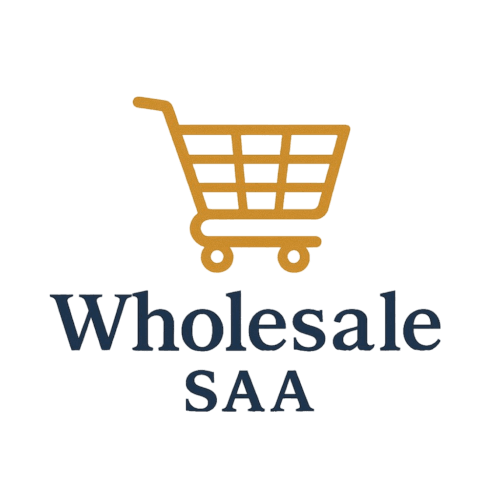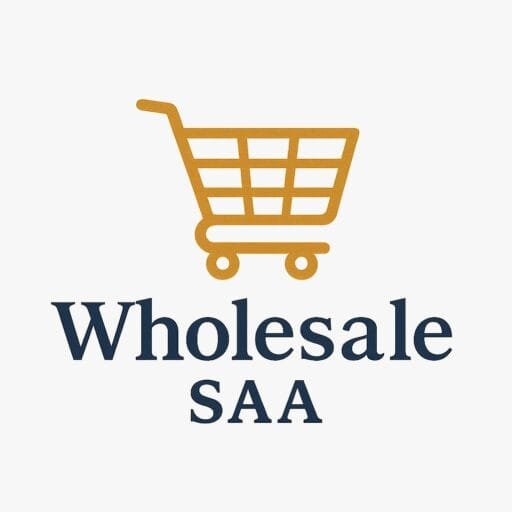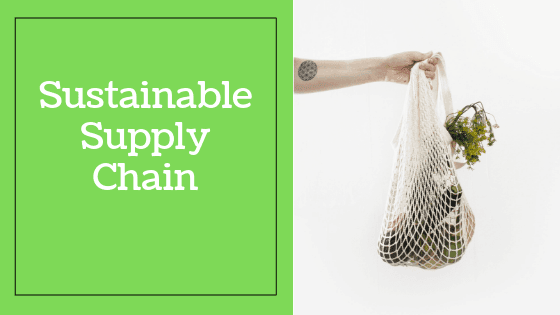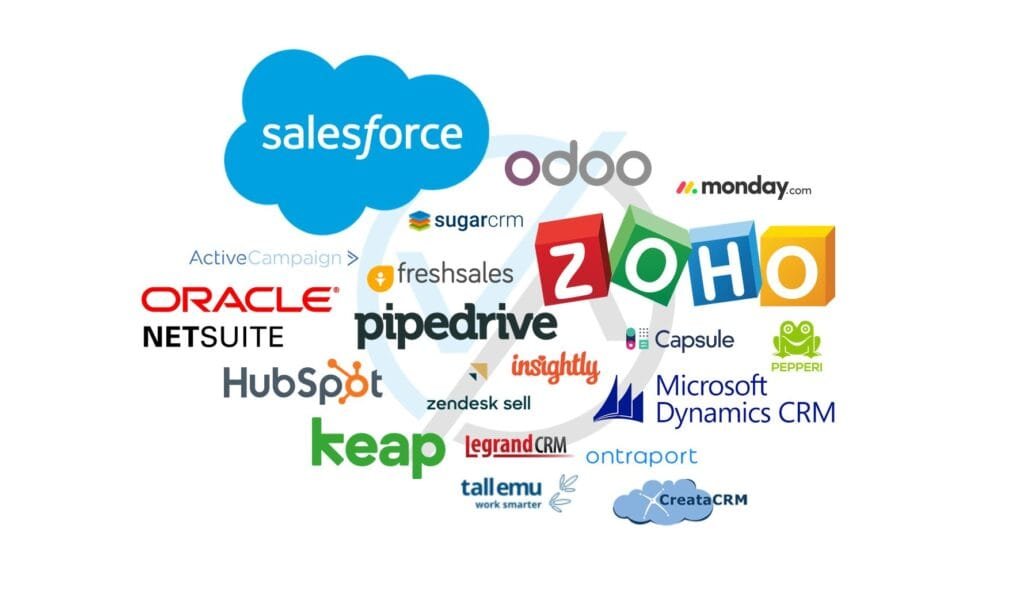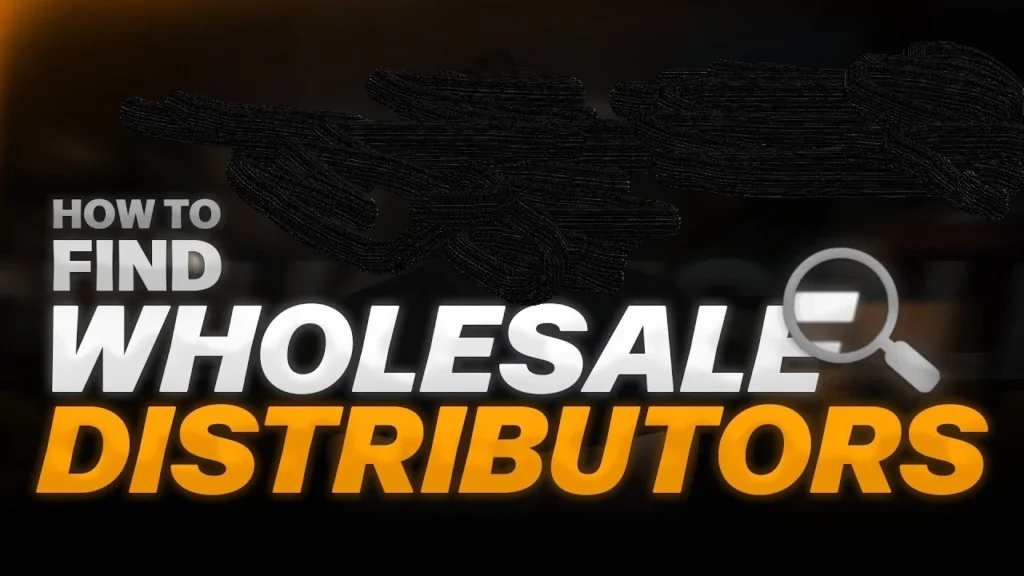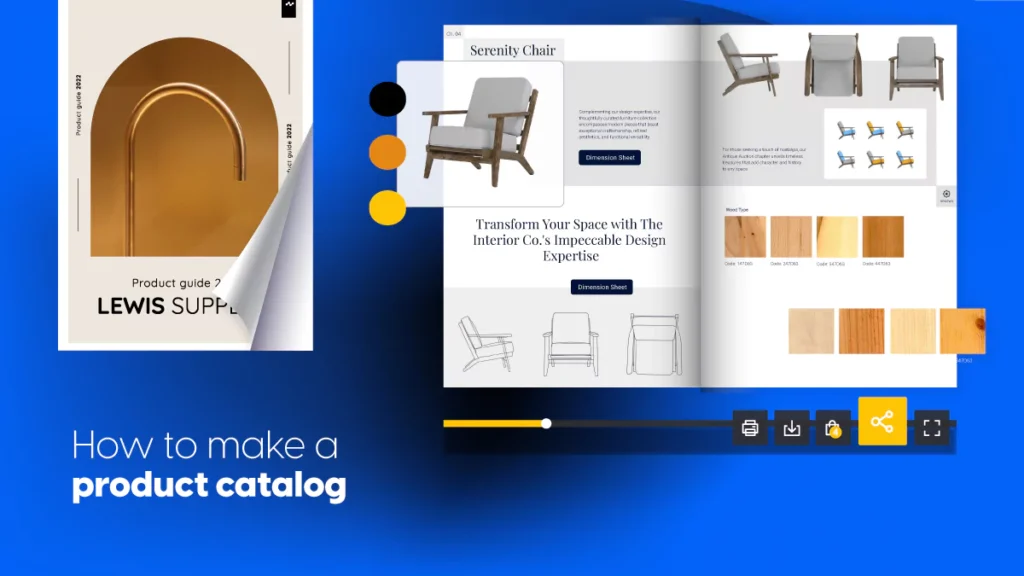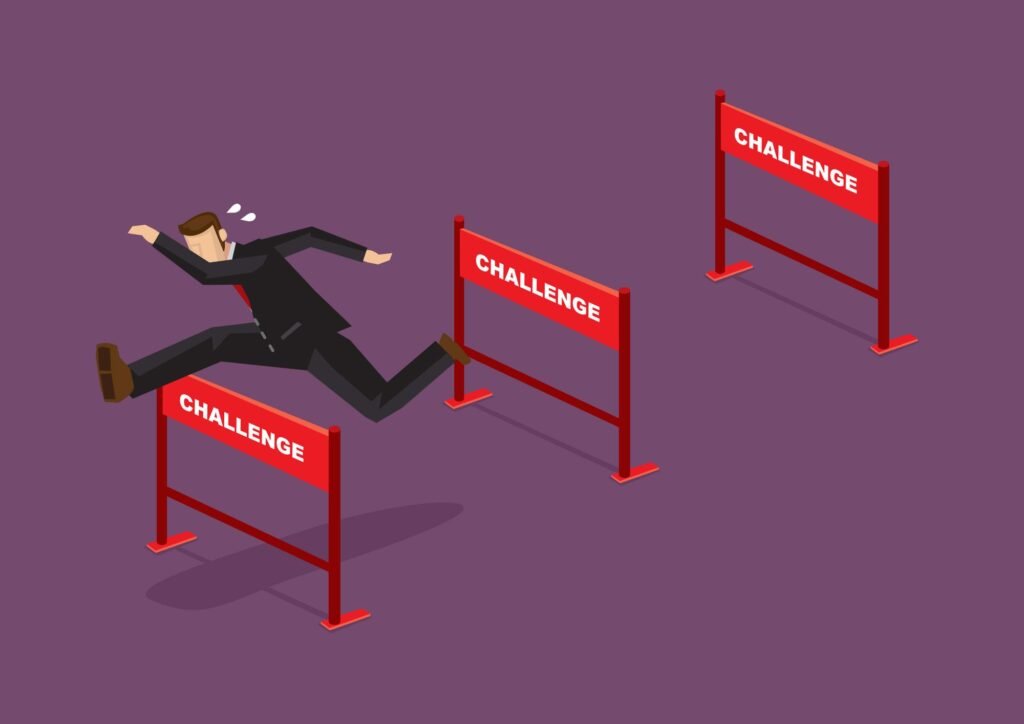In a world increasingly driven by conscious consumerism and environmental accountability, wholesale businesses can no longer afford to ignore sustainability. Building a greener, more ethical, and future-ready operation starts with one of the most important parts of any business: the supply chain.
Understanding how to build a sustainable supply chain in wholesale isn’t just about meeting regulations. It’s about staying competitive, attracting modern buyers, and preserving the planet we all depend on.
If you’re a wholesale distributor, supplier, or entrepreneur trying to make your business more environmentally and socially responsible, learning how to build a sustainable supply chain in wholesale is a game-changing step. And the good news? It’s not just for billion-dollar corporations. Every small action contributes, and this article will guide you through it step by step, in simple language, and with real-world examples.
Why Sustainability Matters in Wholesale Supply Chains
Let’s get personal for a second. Have you ever opened a shipment full of plastic wrap, single-use packaging, and waste, and wondered if it could be done better? So have your customers.
The wholesale supply chain is a significant contributor to global carbon emissions, waste, and resource depletion. From sourcing raw materials to warehousing and transportation, every touchpoint has an environmental impact.
The flip side? Every step is also an opportunity to create positive change for your business, your community, and the planet.
What Is a Sustainable Supply Chain?
A sustainable supply chain is one that actively reduces its negative environmental and social impact throughout the entire product lifecycle, from sourcing materials to delivering the final product.
It focuses on:
Ethical sourcing of raw materials
Reducing carbon emissions through optimized logistics
Eco-friendly packaging and waste reduction
Energy-efficient warehousing
Fair labor practices and transparency with suppliers
Incorporating circular economy principles (e.g., reuse, recycle, remanufacture)
In wholesale trade, these practices scale up fast. Even small changes have big ripple effects.
Step-by-Step: How to Build a Sustainable Supply Chain in Wholesale
Let’s walk through the actual steps. These are tailored for U.S. wholesalers but apply globally.
Step 1: Audit Your Current Supply Chain
You can’t improve what you don’t measure. Start by:
Mapping out your full supply chain (from raw materials to final delivery)
Identifying high-emission activities (e.g., long-haul transport, wasteful packaging)
Evaluating supplier practices (labor conditions, sustainability certifications)
Assessing energy use in warehouses and operations
Use tools like Life Cycle Assessments (LCAs) and carbon footprint calculators to get insights.
Step 2: Source Responsibly and Ethically
Choose suppliers who:
Use sustainable materials
Practice fair labor
Have green certifications (e.g., FSC, Fair Trade, ISO 14001)
Even better, prioritize local suppliers to cut transportation emissions.
Example:
A food wholesaler switches from an overseas plastic cutlery vendor to a nearby supplier that uses biodegradable materials. The result? Reduced shipping costs and a 40 percent drop in packaging waste.
Step 3: Embrace Eco-Friendly Packaging
Packaging is often the most visible and wasteful part of wholesale trade. Upgrade by:
Using recycled or compostable materials
Avoiding plastic and Styrofoam
Right-sizing packaging to reduce material use and shipping volume
Look into suppliers offering sustainable packaging at scale. Your customers will notice and thank you.
Step 4: Optimize Transportation and Logistics
Transportation contributes heavily to carbon emissions. Here’s how to make it cleaner:
Use consolidated shipping to reduce trips
Invest in electric or hybrid delivery vehicles
Choose carriers that offset carbon emissions
Route deliveries efficiently using logistics software
Pro Tip: Encourage customers to opt for scheduled bulk deliveries to reduce frequent small shipments.
Step 5: Make Warehousing Energy-Efficient
Warehouses don’t just store goods. They use power 24/7. Improve sustainability by:
Switching to LED lighting and energy-efficient HVAC systems
Installing solar panels
Using automation to reduce idle time
Recycling water or managing wastewater effectively
These upgrades often reduce utility bills in the long run.
Step 6: Build Supplier Partnerships Around ESG Goals
Your vendors and logistics partners should align with your environmental, social, and governance values. Include sustainability in supplier contracts. Set shared goals. Conduct regular audits.
Think of your supply chain as a team. If one player is out of sync, it impacts everyone.
Step 7: Incorporate Circular Economy Practices
This goes beyond recycling. The circular economy means:
Taking back used products for reuse or resale
Designing goods for durability and reparability
Finding second lives for returned or damaged goods
Example:
A wholesale electronics supplier offers a repair and reuse service for returned devices, reducing e-waste and increasing profit margins.
Step 8: Educate Your Team and Customers
Sustainability isn’t a solo mission. Bring your employees and clients along by:
Training teams on eco-friendly practices
Communicating your sustainability goals clearly
Including environmental impact information on invoices or packaging
Customers who share your values will become more loyal when they feel involved.
Step 9: Track, Measure, and Improve
Sustainability is a journey. Use KPIs to track progress:
CO2 emissions per shipment
Percentage of recycled packaging
Number of sustainable suppliers onboarded
Reduction in landfill waste
Platforms like Ecovadis or Salesforce Net Zero Cloud can help track ESG performance.
Why This Matters
Let’s take a step back. Building a sustainable wholesale supply chain isn’t just good for business. It’s about legacy, pride, and purpose.
When you reduce your carbon footprint, you’re protecting the air your kids breathe. When you pay a fair wage to a supplier across the world, you’re contributing to someone’s dignity and safety. When you reduce plastic waste, you’re helping keep our oceans clean.
Sustainability gives your work meaning beyond the numbers. It lets you build not just a successful business but a responsible one.
Tools and Resources for Sustainable Wholesale
Sustainable Packaging Coalition – Guides on eco-packaging
Carbonfund.org – Carbon offset calculators
B Lab / B Corp Certification – For ethical supply chains
GS1 US – Barcode and supply chain traceability standards
EPA SmartWay – Sustainable freight partnership program
TL;DR
Building a sustainable supply chain in wholesale means reducing environmental impact, improving ethical practices, and creating long-term business resilience.
Key strategies include ethical sourcing, eco-friendly packaging, efficient logistics, and energy-conscious warehousing.
Start by auditing your current supply chain and setting measurable ESG goals.
Align suppliers and operations with circular economy principles and sustainability KPIs.
The payoff? Reduced costs, stronger brand trust, and a positive impact on the planet.
Final Thoughts
Sustainability is no longer a buzzword. It’s a business imperative. As a wholesaler, your decisions affect every link in the global product chain. That’s real power.
You don’t have to reinvent the wheel or go completely carbon neutral overnight. Just start. Start with one vendor, one packaging upgrade, one shipment optimized.
Because every step toward a more sustainable supply chain in wholesale is a step toward a better world.
And your customers, your partners, and future generations will thank you.
Ready to build a greener supply chain? Your move matters.
